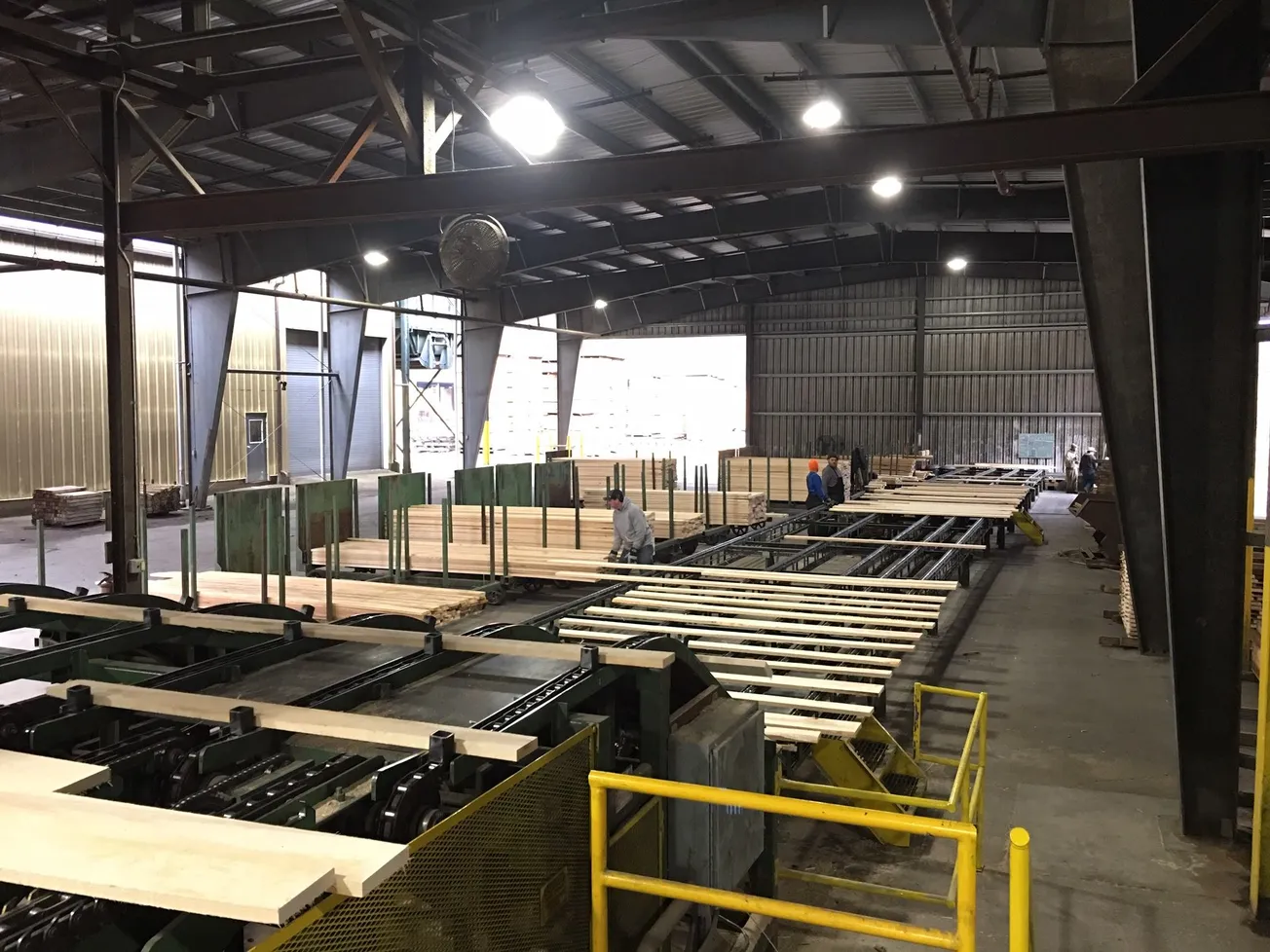Table of Contents
When I first started studying sales, I read a book that said that 90% of sellers don’t even ask for the order. I didn’t/couldn’t believe it. After listening to thousands of sales calls, I will tell you that it is true. Most sellers present product without even giving good reasons to buy and then wait for the customer to decide. The problem with this approach is that it works. Just not that well. The solution is that asking for the business or the order works much better. Not just a little bit better, but four times better. The bigger problem is that most sellers never progress past this stage and suffer for it.
The Pareto Principle states that 80% of sales will go to 20% of the people selling. This is why sales has a high percentage of failure and why the remainder of salespeople that hang in there and (kinda) make it are miserable. The top 20% are taking home 80% of the pie and the bottom 80% are fighting over 20% of it. Not much fun for them.
I am going to give you a simple formula to help move you into the top 20%.
Suggestive Selling
Most sellers don’t ask for the order because they are afraid of being too pushy. We don’t have to be pushy to sell. But we can give our customers good reasons why what we are promoting to them is a good deal and ask them if they would like to buy.
What we are going to do is promote our product to them, give them three reasons to buy it, hold back the price, and then ask them to buy. If there is any interest at all, they will ask us what the price is. We will then give them the price surrounded by good thoughts and ask for the order again. Many will buy. Example:
Master Seller: “Good morning, Emily. I just came across a great deal for you on some 2×4 16’s. They come out of ABC Sawmill, which I know you love, we have flexibility on shipment, and the market is tightening up on 16’s right now. How many can you use?”
I ask you here, where is the pushy part? We are merely telling the customer why what we are presenting is a good deal and asking them if they would like to buy it, and how many? We have also set the tone. This is a sales call. I have a good deal and I would like you to buy it—not just consider it and let me know.
Also note that we have held back the price. Humans want to know what is behind curtain number one, so if there is any interest (at all), they will ask.
Customer: “How much is it?”
We now have engagement. The customer is not just sitting back with their arms folded saying, “I’ll let you know,” but is actively asking for more information. They are interested. Our job is more than halfway done.
How to Give the Price
Most sellers give the price cold and alone. When they do that all the customer is thinking about is how much it costs. Master Sellers give the price surrounded by good reasons (and feelings!) why, so when the customer is at the critical moment of decision they are also thinking about the benefits they will receive by purchasing, making it much more likely they will say yes. Example continued:
Master Seller: “That’s the best part, Emily. These 16’s are a great deal. They are delivered to you at only $435/MBF, which in this market for this stock is a great value. How many would you like to put on?”
The Master Seller has given reasons to buy and asked for the order twice in two sentences. Our closing percentage is based on how many times we ask for the order per year, not how many calls, emails and offerings we make.
This simple math (asking twice—minimum—per call) and simple close is what sets the Master Seller apart from the grand majority of sellers who are only presenting product and letting the customer decide, without positive reinforcement, by themselves. Use this approach tomorrow and start selling more.









